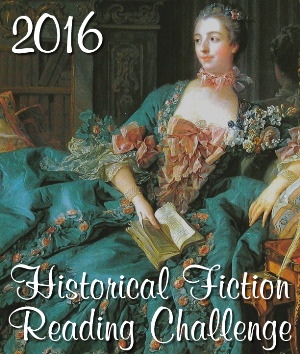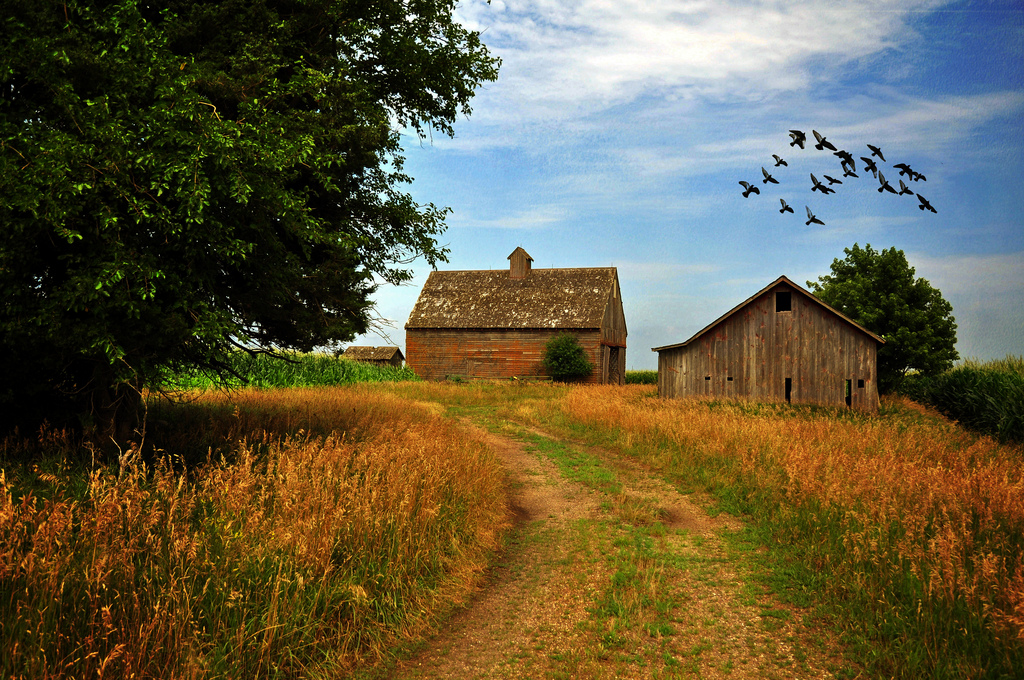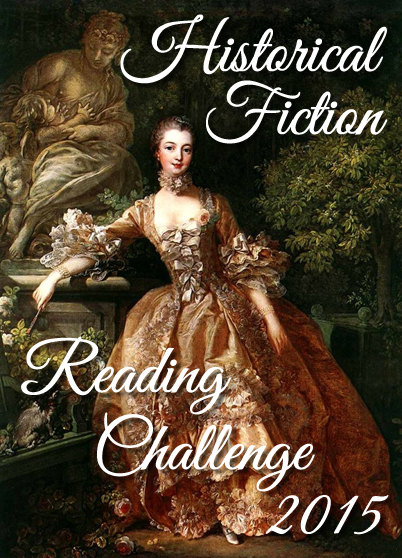I haven’t had much time to do reviews lately, so I’m going to gather up a few short reviews for books I’ve read since finishing the last book I reviewed, Sourdough Culture. I re-read Toni Morrison’s Song of Solomon and Colson Whitehead’s The Underground Railroad as I was teaching both books this month. I tried something I have never done before I listened to both books as I took my daily walks at 1.3x speed. I found I was able to keep up and get through the readings more quickly. I’m not sure it would work with books I’ve never read before, but it was a great timesaver for re-reading books I needed to read for work.
I also re-read Frankenstein along with Michael Ian Black’s podcast Obscure. It was interesting, as Michael pointed out some of the book’s flaws, and I have to admit I hadn’t noticed these storytelling issues in the past, largely, I believe, as a result of English teacher conditioning. I’d be the first to admit not all classics are great, but it was interesting to read this book along with someone who didn’t like it.
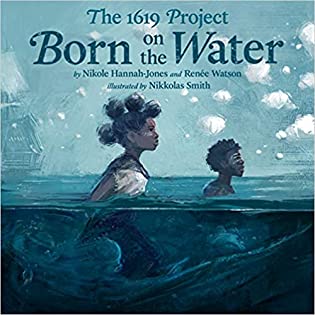 The 1619 Project: Born on the Water by Nikole Hannah-Jones, Renée Watson, Nikkolas Smith
The 1619 Project: Born on the Water by Nikole Hannah-Jones, Renée Watson, Nikkolas Smith Published by Kokila on November 16, 2021
Genres: Childrens
Pages: 48
Format: Hardcover
Buy on Amazon
Goodreads

The 1619 Project’s lyrical picture book in verse chronicles the consequences of slavery and the history of Black resistance in the United States, thoughtfully rendered by Pulitzer Prize-winning journalist Nikole Hannah-Jones and Newbery honor-winning author Renée Watson. A young student receives a family tree assignment in school, but she can only trace back three generations. Grandma gathers the whole family, and the student learns that 400 years ago, in 1619, their ancestors were stolen and brought to America by white slave traders. But before that, they had a home, a land, a language. She learns how the people said to be born on the water survived.
This book was outstanding. I often purchase children’s books for classroom use even though I teach high school because if you can explain a topic to a child, pretty much anyone can understand it. Over the last five years or so, in particular, children’s publishing has made a much greater effort to incorporate books about children of color by authors of color. They still have a way to go, but it’s important for all children to see themselves in books, and it’s also important for all children to learn about people who are different from them. Dr. Rudine Sims Bishop developed the term “mirrors, windows, and sliding glass doors” to explain this concept. The sliding glass doors are an invitation to enter, to go inside. I was able to attend a keynote at a recent English teacher’s conference in which the author Nikole Hannah-Jones and illustrator Nikkolas Smith discussed the making of this book, and it was fascinating to hear about the way Smith developed the artwork, which is gorgeous. What I love most about this book is the counternarrative it offers to a colonist’s perspective that an indigenous culture had no culture. Naturally, this is never true, but it’s a lie that is often told to justify treating people as less than human. This would be a great gift for any child’s library, and it should also be in every school and classroom library.
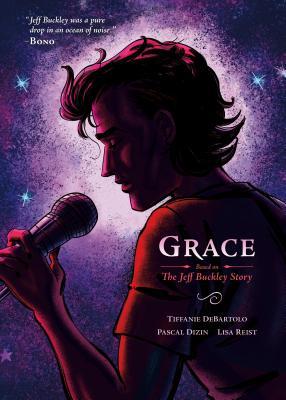 Grace: Based on the Jeff Buckley Story by Tiffanie DeBartolo, Pascal Dizin
Grace: Based on the Jeff Buckley Story by Tiffanie DeBartolo, Pascal Dizin Published by First Second on April 28, 2019
Genres: Biography
Pages: 160
Format: Paperback
Buy on Amazon
Goodreads

A moving graphic biography for music lovers, Grace: The Jeff Buckley Story is painstakingly researched and created in collaboration with Jeff Buckley's estate.
California, 1991. All his life, people have told Jeff Buckley how much he looks like his father, the famous ’60s folksinger he barely knew. But Jeff believes he has gifts of his own: a rare, octave-spanning voice and a songwriting genius that has only started to show itself. After he falls in love with a mysterious girl in New York, he sets out to make a name for himself outside his father’s shadow. What follows are six turbulent years of music, heartbreak, hope, and daring—culminating in a tragedy that’s still reverberating in the music world today. Written by Tiffanie DeBartolo and with art by Pascal Dizin and Lisa Reist, this graphic novel biography uses archival material provided by Jeff’s mother, Mary Guibert, to reveal the young songwriter in the process of becoming a legend.
This book was good. Let me start by saying that I’m a huge fan of Jeff Buckley’s, and I have been for a long time. I recently went to see a touring production of Hadestown with my husband, and once my husband pointed out that Orpheus was giving off Jeff Buckley vibes, I couldn’t unsee it. I listened to the off-Broadway production and discovered that Damon Daunno pretty much sounds just like Jeff Buckley.
And he even resembles him a bit. Broadway performer Reeve Carney has been tapped to play Jeff Buckley in a film production based on the artist’s life. I remembered I had this graphic biography on my wishlist, so I went ahead and purchased it. I felt that at times, the story was not treated with seriousness, but this feeling has more to do with the art than the writing. I really didn’t care for the art; the cover led me to believe I’d be seeing something different inside the book, and while some of the art was fantastic, most of it was too cartoony. The story sort of peters out after Buckley records Grace, and I would have liked to have seen more of his story. The book seems to imply that Buckley committed suicide, which is a rumor that has been given no credit by anyone who knew him.
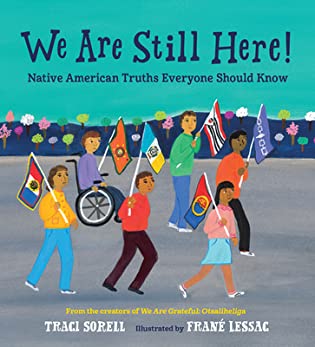 We Are Still Here!: Native American Truths Everyone Should Know by Traci Sorell, Frané Lessac
We Are Still Here!: Native American Truths Everyone Should Know by Traci Sorell, Frané Lessac Published by Charlesbridge Publishing on April 20, 2021
Genres: Childrens
Pages: 40
Format: Hardcover
Buy on Amazon
Goodreads

Twelve Native American kids present historical and contemporary laws, policies, struggles, and victories in Native life, each with a powerful refrain: We are still here! Too often, Native American history is treated as a finished chapter instead of relevant and ongoing. This companion book to the award-winning We Are Grateful: Otsaliheliga offers readers everything they never learned in school about Native American people's past, present, and future. Precise, lyrical writing presents topics including: forced assimilation (such as boarding schools), land allotment and Native tribal reorganization, termination (the US government not recognizing tribes as nations), Native urban relocation (from reservations), self-determination (tribal self-empowerment), Native civil rights, the Indian Child Welfare Act (ICWA), religious freedom, economic development (including casino development), Native language revival efforts, cultural persistence, and nationhood.
This was another classroom library purchase, and I think it explains very succinctly what issues indigenous people have experienced with settler colonialism in the USA. I was not surprised to learn one of the sources for the information was David Treuer’s The Heartbeat of Wounded Knee. I learned much of the information covered in this children’s book from Treuer’s book. However, as I said before, if you can explain it to a child, you can explain it to anyone. One of the reviewers on Goodreads complained this would not make a great read-aloud for children, and I would say I agree with that assessment. It’s more of an information text for people of all ages who want to learn about the issues the book discusses.
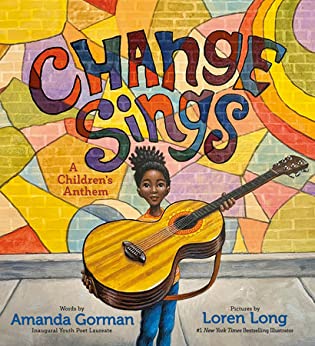 Change Sings: a Children's Anthem by Amanda Gorman, Loren Long
Change Sings: a Children's Anthem by Amanda Gorman, Loren Long Published by Viking Books for Young Readers on September 21, 2021
Genres: Childrens
Pages: 32
Format: Hardcover
Buy on Amazon
Goodreads

A lyrical picture book debut from Youth Poet Laureate Amanda Gorman and illustrator Loren Long. “I can hear change humming/ In its loudest, proudest song. / I don’t fear change coming, / And so I sing along.” In this stirring, much-anticipated picture book by inaugural Youth Poet Laureate and activist Amanda Gorman, anything is possible when our voices join together. As a young girl leads a cast of characters on a musical journey, they learn that they have the power to make changes—big or small—in the world, in their communities, and in most importantly, in themselves.
In contrast to the previous book, this book was made for read-alouds, and it’s no wonder, as Amanda Gorman is a brilliant young poet. This book’s catchy language will appeal to people of all ages, as well. I would highly recommend it to anyone thinking of gifts for children, especially. I’m not sure if it has a place in my classroom library, as it doesn’t focus on a single issue, though the artwork makes it clear the book is about community organization. I think that’s what would make the book appealing to children, however. It’s a beautifully written and beautifully illustrated book.
Update 12/2: I have removed the name of one of the illustrators of Grace by request. I retrieve all metadata on books from Goodreads.


